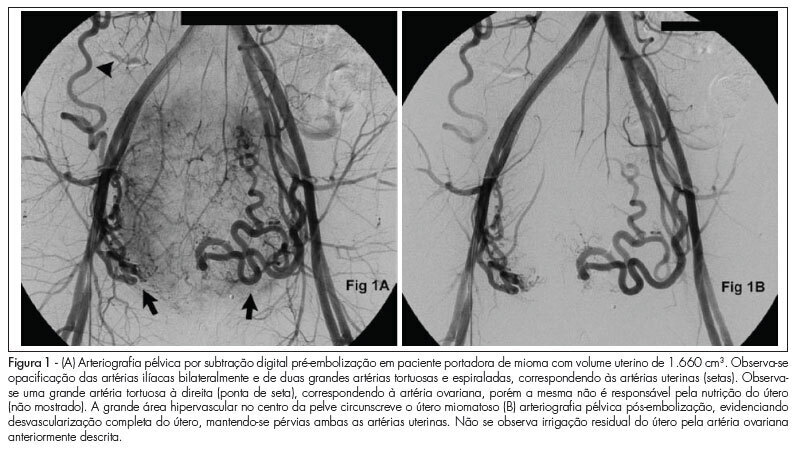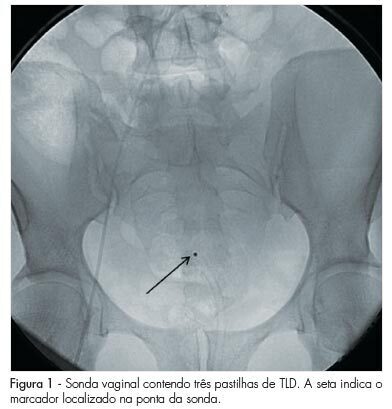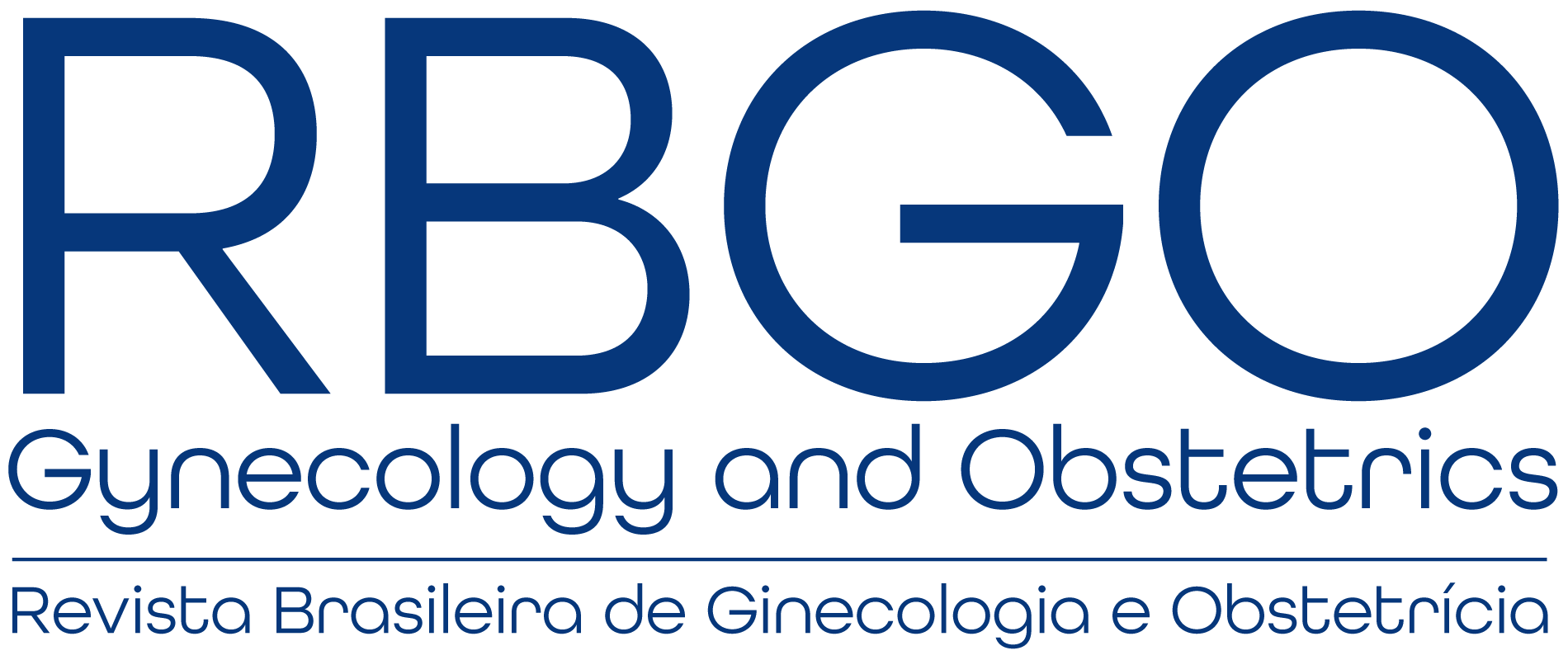You searched for:"Eduardo Zlotnik"
We found (4) results for your search.-
Febrasgo Position Statement
Use of hormones and risk of venous thromboembolism
Rev Bras Ginecol Obstet. 2024;46:e-FPS02
Summary
Febrasgo Position StatementUse of hormones and risk of venous thromboembolism
Rev Bras Ginecol Obstet. 2024;46:e-FPS02
Views228See moreKey points
•The risk of venous thromboembolism (VTE) is not increased in women using long-acting reversible contraceptive methods (LARCs) with progestogens.
•Oral contraceptives with levonorgestrel or norgestimate confer half the risk of VTE compared to oral contraceptives containing desogestrel, gestodene or drospirenone.
•Progestogen-only pills do not confer an increased risk of VTE.
•Women using transdermal contraceptive patches and combined oral contraceptives (COCs) are at an approximately eight times greater risk of VTE than non-users of hormonal contraceptives (HCs), corresponding to 9.7 events per 10,000 women/years.
•Vaginal rings increase the risk of VTE by 6.5 times compared to not using HC, corresponding to 7.8 events per 10,000 women/years.
•Several studies have demonstrated an increased risk of VTE in transgender individuals receiving hormone therapy (HT).
•Hormone therapy during menopause increases the risk of VTE by approximately two times, and this risk is increased by obesity, thrombophilia, age over 60 years, surgery and immobilization.
•The route of estrogen administration, the dosage and type of progestogen associated with estrogen may affect the risk of VTE in the climacteric.
•Combined estrogen-progesterone therapy increases the risk of VTE compared to estrogen monotherapy.
•Postmenopausal HT increases the risk of thrombosis at atypical sites.
-
Original Article
Evaluation of a Laparoscopic Multi-approach Training for Obstetrics and Gynecology Residents
Rev Bras Ginecol Obstet. 2020;42(7):404-410
Summary
Original ArticleEvaluation of a Laparoscopic Multi-approach Training for Obstetrics and Gynecology Residents
Rev Bras Ginecol Obstet. 2020;42(7):404-410
Views2See moreAbstract
Objective
To analyze the applicability and efficiency of amulti-approach laparoscopic training in improving basic laparoscopic skills of obstetrics and gynecology (OBGYN) residents.
Methods
Cross-sectional, observational and descriptive study, developed at the Experimentation and Surgery Training Center (CETEC, in the Portuguese acronym) of the Hospital Israelita Albert Einstein with OBGYN residents. Theoretical and practical tests were applied to 24 OBGYN residents to assess their laparoscopic skills before and after their participation in an 8-week course. The course involved theoretical lectures and practical laparoscopic surgery exercises developed using rubber models, black boxes, virtual simulators and animal models (pigs).
Results
There was an overall improvement in the ability of the residents, with an increase in the number of correct answers in the theoretical evaluation and decrease in the time needed to perform practical tests (needle holder assembly and laparoscopic node). The course was evaluated by the students as highly relevant for both improving their surgical skills and motivating them to continue practicing.
Conclusion
Laparoscopic training using multiple approaches resulted in significant improvement of surgical skills with a high satisfaction level of the participants. Further studies are still needed to measure the long-term retention of these acquired skills.

-
Original Article
Uterine fibroid embolization in women with giant fibroids
Rev Bras Ginecol Obstet. 2010;32(11):530-535
Summary
Original ArticleUterine fibroid embolization in women with giant fibroids
Rev Bras Ginecol Obstet. 2010;32(11):530-535
DOI 10.1590/S0100-72032010001100003
Views2PURPOSE: to evaluate the effectiveness of uterine fibroid embolization (UFE) in patients with giant fibroids, with regard to both clinical outcomes and size reduction. METHODS: twenty-six patients with a mean age of 36.5 years, carrying symptomatic fibroids with a volume over 1,000 cm³, were referred for UFE. All patients had indication for percutaneous treatment. The procedures were performed under epidural anesthesia and sedation, using an institutional protocol. By unilateral femoral access, selective catheterization of uterine arteries and infusion of calibrated microspheres through microcatheter were carried out. Clinical evaluation was performed by means of regular outpatient gynecology consultation. All patients underwent magnetic resonance imaging (MRI) before the procedure and 15 patients underwent control MRI after 6 months. RESULTS: technical success was 100%. There was no complication related to the procedures. Mean uterine volume of the 15 patients studied was 1,401 cm³ before embolization (min 1,045 cm³, max 2,137 cm³) and 799 cm³ after 6 months (525 cm³ min, max. 1,604 cm³), resulting in a total reduction of 42.9%. Clinical improvement was observed in 25 of 26 patients. One woman with uterine volume of 1,098 cm³ who developed necrosis and partial fibroid expulsion underwent myomectomy. Another patient was submitted to myomectomy six months after the procedure because she wanted to become pregnant, despite partial fibroid size reduction. One patient with a uterine volume of 2,201 cm³ required a second intervention to achieve an adequate angiographic result. No patient underwent hysterectomy. On average, 9.2 microsphere syringes were used per patient. CONCLUSION: embolization of giant uterine fibroids is a feasible procedure with acceptable clinical and radiological outcomes. It can be considered an option for patients who desire to preserve the uterus, and it may serve as adjuvant therapy for high-risk myomectomy.
Key-words Angiography, digital subtractionEmbolization, therapeutichysterectomymagnetic resonance imagingUterine artery embolizationUterine fibroidsSee more
-
Original Article
Strategies for reduction of exposure to ionizing radiation in women undergone to uterine fibroid embolization
Rev Bras Ginecol Obstet. 2010;32(2):77-81
Summary
Original ArticleStrategies for reduction of exposure to ionizing radiation in women undergone to uterine fibroid embolization
Rev Bras Ginecol Obstet. 2010;32(2):77-81
DOI 10.1590/S0100-72032010000200005
Views1PURPOSE: to determine the dose of ionizing radiation absorbed by the ovaries and the skin of patients undergoing uterine fibroid embolization (UFE), and to suggest a radiologic protocol directed at reducing the risks involved in this procedure. METHODS: seventy-three consecutive women (mean age: 27 years) participating in an institutional research protocol, having symptomatic uterine fibroids with indication for minimally invasive treatment, underwent UFE. We estimated the radiation absorbed by the ovaries by means of vaginal dosimeters and the radiation dose absorbed by the skin by means of indirect calculations of radiation absorption. The first 49 patients belonged to the Pre-modification Group, and the last 24, to the Post-modification Group. The second group received a modified protocol of X-ray imaging, with a reduction by half of the frames number per second during arteriography, in an attempt to match the values obtained to those of the literature, and avoiding as much as possible unnecessary exposure to the X-ray beam. RESULTS: there were no technical complications in any of the procedures performed. There were no differences in the mean fluoroscopy time or in the mean number of arteriographies between the two groups. We obtained a 57% reduction in the estimated absorbed ovarian dose between groups (29.0 versus 12.3 cGy) and a 30% reduction in the estimated dose absorbed by the skin (403.6 versus 283.8 cGy). CONCLUSIONS: a significant reduction in the absorption of radiation in patients undergoing UFE can be achieved by changing the number of frames per second in angiographic series, and by the routine use of radiological protection standards.
Key-words Angiography, digital subtractionleiomyomaRadiation exposure measureRadiologic protectionUterine artery embolizationSee more
Search
Search in:
Tag Cloud
breast (42) breast cancer (42) breast neoplasms (95) Cesarean section (72) endometriosis (66) infertility (56) Maternal mortality (43) menopause (82) obesity (58) postpartum period (40) pregnancy (225) Pregnancy complications (99) Prenatal care (68) prenatal diagnosis (50) Prevalence (41) Quality of life (51) risk factors (94) ultrasonography (79) urinary incontinence (40) women's health (48)


